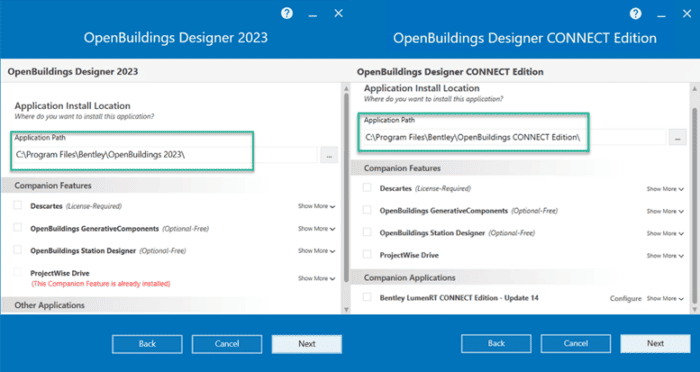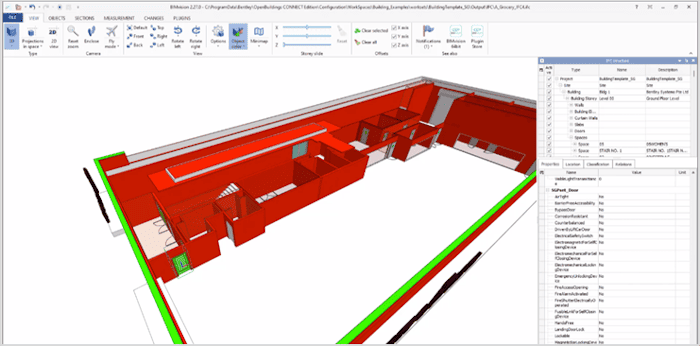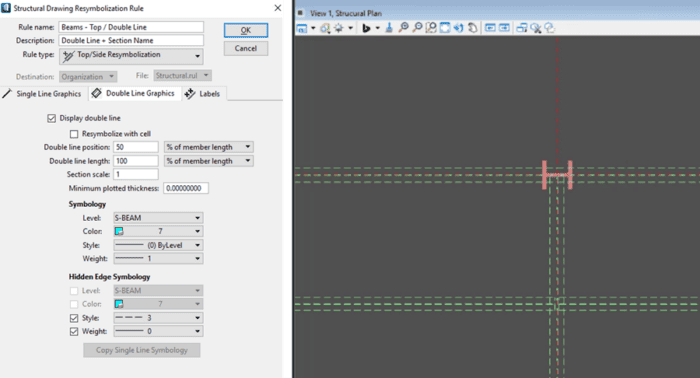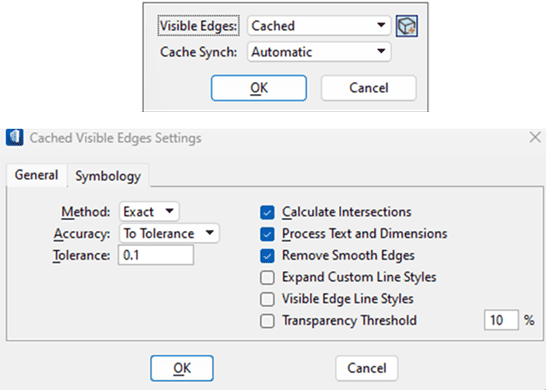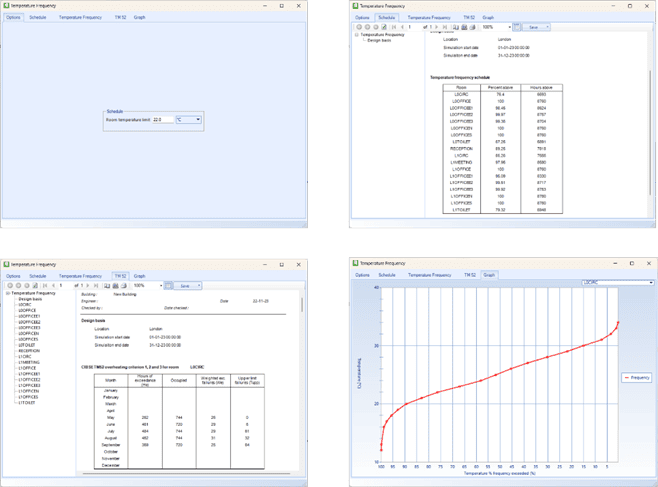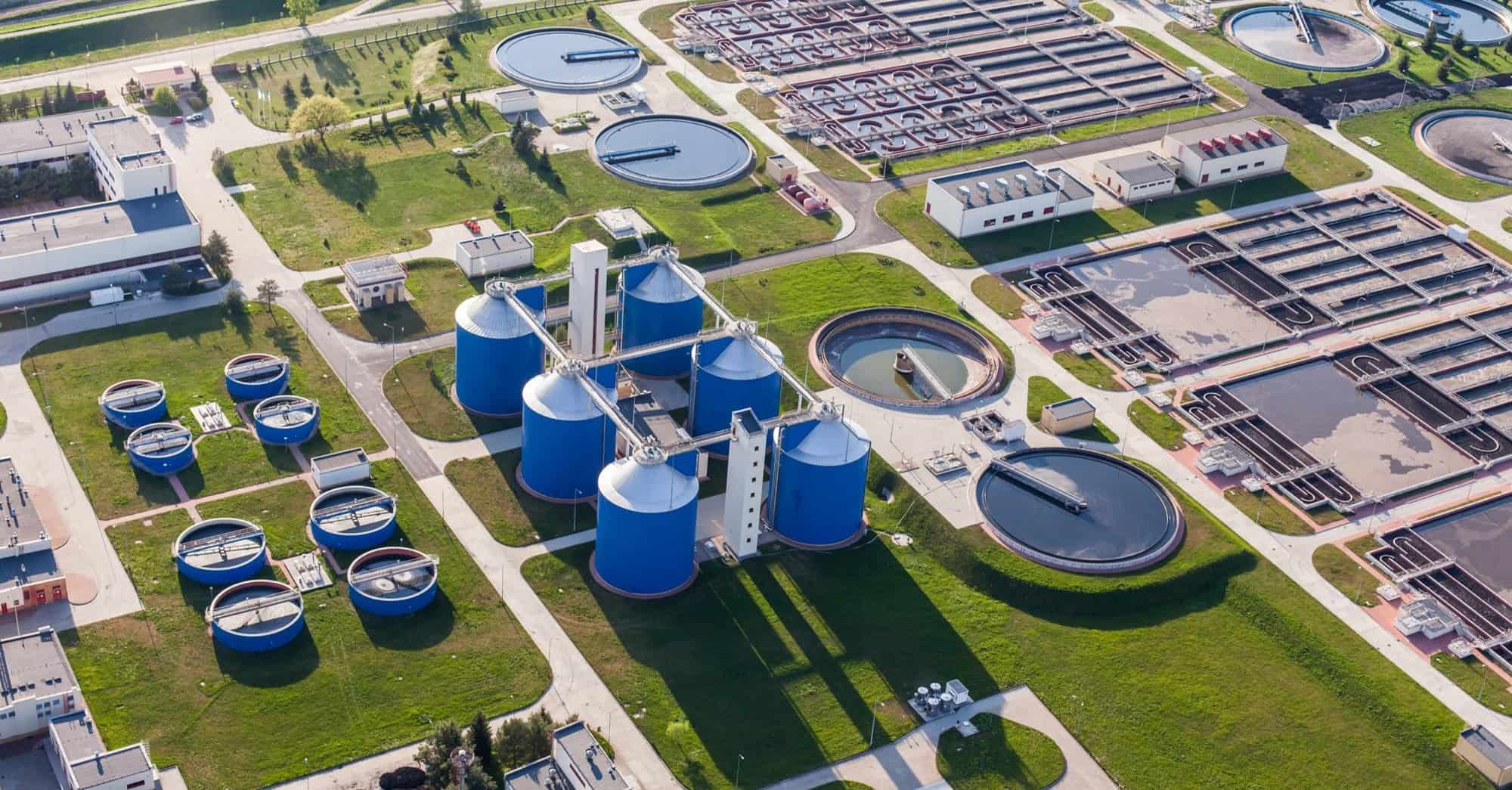OpenBuildings Designer 2023 is now launched and available for download!
OpenBuildings Designer 2023 comes with many new features, streamlined workflows, and various user experience improvements, focusing on side-by-side installation and productivity-enhancing upgrades, including CIBSE TM52 for thermal comfort in buildings.
General Updates
Side-by-side Installation
OpenBuildings Designer 2023 introduces side-by-side installation capability, a nondisruptive way of staying current and starting to use the latest software version while continuing to deliver projects based on predefined workflows in older versions. This approach ensures that adopting a new version does not interrupt ongoing projects, maintaining productivity and avoiding downtime.
Have additional questions? Chat with an OpenBuildings Designer product expert who can assist you.
Benefits of Side-by-side Installation
- Efficient Testing and Validation for Enterprise Clients: This approach simplifies the process of testing and validating new software versions, making it easier for enterprise clients to ensure that the latest software meets their requirements. It is achieved without affecting existing workflows, reducing the risks associated with software updates.
- Support for Multiple Projects across Versions: Users can effortlessly manage and deliver multiple projects that require different software versions. This feature streamlines project management by allowing users to switch between versions as needed, optimizing compatibility and performance.
- IT Advantage: There is no need for additional hardware or virtual machine deployment for single users. Side-by-side installation reduces infrastructure and maintenance costs while minimizing the complexities associated with setting up and managing separate environments for different software versions.
- Time Efficiency: Side-by-side installation minimizes the time spent on uninstalling and reinstalling multiple versions of software. Users can switch between versions without lengthy installation processes, enabling them to focus on their tasks more effectively.
- Licensing Efficiency: The named user license model allows for single-license usage even if users run multiple application versions simultaneously. The user license model simplifies licensing management and reduces costs associated with acquiring multiple licenses, making it a cost-effective solution for organizations.
IFC-SG Mapping and Parameters Available in Singapore Dataset
OpenBuildings Designer 2023 has new mapping features specifically tailored to align with industry standards in the Singapore region. These mappings are exclusive to the Singapore data set, ensuring compliance with regional requirements.
Configuring the appropriate settings triggers the software to include new properties required by Singapore regulations. Users can export the IFC file in 2×3 or IFC 4 formats, open it with a viewer, and find all relevant Singapore-specific properties, ensuring compliance with regional regulatory standards in the project data representation.
GIS Support – Esri ArcGIS REST Feature and Map Services
The online GIS data is available in the form of raster images or shapes (2D elements), each accompanied by specific properties known as features.
In previous versions of OpenBuildings Designer, users could only bring in raster data. Importing shapes and features involved shape files and attribute files, creating a challenge as data updates meant obtaining new sets of shape files and database tables.
OpenBuildings Designer 2023 can seamlessly pull all accessible online data and integrate it into the design context, eliminating the need for constant updates and file replacements and ensuring users receive the latest information directly from the web, all presented in the relevant context. Including this feature marks a significant departure from the traditional approach, promising a transformative impact on project workflow.
iTwin Services Enhancements
Simplified Design Review and Issue Resolution in Cloud-based Design
In OpenBuildings Designer, when a user completes the design and submits it via cloud services for synchronization, the BIM coordinator or manager can perform a quality check without having OpenBuildings Designer with them. The synchronization process updates the cloud project, visible through a browser. The BIM manager can review the design, provide comments, and create punch lists.
Notably, in OpenBuildings Designer 2023, visual flags highlight issues directly on the screen, a significant improvement from the previous version, where issue locations were less apparent. Now, upon opening the model, all flagged issues are immediately visible. When the reviewer clicks on an issue link, the associated file opens with the specific element flagged, eliminating the need to search for the issue within multiple files. This enhancement drastically reduces the time previously spent identifying the file and location of an issue, offering a more efficient and streamlined workflow.
Streamlined Attachment and Enhanced Performance
The scalability of iTwin has significantly improved in the latest version, accommodating projects ranging from small buildings to entire cities. In previous versions, attaching an iTwin would load all the data, impacting performance, especially for extensive city blocks.
OpenBuildings Designer 2023 has a new feature presenting a federated iTwin breakdown upon attachment. The feature allows users to selectively bring in specific components, providing a substantial time-saving advantage. This refined approach expedites the attachment process and enhances performance when generating drawings and conducting clash detection. Users can save significant hours in file opening and processing time, resulting in more efficient modeling and drawing production workflow.
Enhancements to Productivity through Feature Improvements
Manage Configurations for Efficient Collaboration
Users of OpenBuildings Designer work collaboratively in teams by setting up their standards and content libraries on their network. With recent changes to working practices, users are adopting ProjectWise Drive, which centralizes and controls configurations safely and securely via cloud services. This approach brings the advantages of both ProjectWise Drive and OpenBuildings Designer for a synchronized workflow.
Bentley Infrastructure Cloud enables users to establish projects quickly with pre-defined templates and promotes remote collaboration among stakeholders located in different geographic regions. Projects set up in Bentley Infrastructure Cloud include ProjectWise Drive and specific common data environment (CDE) functionalities. By combining ProjectWise Drive and OpenBuildings Designer Managed Configuration, users can cherry-pick specific components of OpenBuildings Designer, manage them in the cloud, and synchronize them to the user’s desktop automatically without significant investments in network setup and security aspects.
The features of Bentley Infrastructure Cloud include a quickly deployable CDE with centralized management, coordinated file synchronization, and streamlined document check-in and check-out processes. Furthermore, SMBs can access and implement additional Bentley Infrastructure Cloud services, such as design review, to meet project delivery requirements within budget and time.
ProjectWise Drive’s installation requirements are minimal and naturally integrate into the operating system. When users install OpenBuildings Designer, they can optionally include ProjectWise Drive to connect with centralized and synchronized repositories for their project documents and assets.
Structural Drawing Resymbolization for Enhanced Control and Quality
OpenBuildings Designer 2023 has enhanced users’ control of symbology, enabling them to resymbolize hidden structural elements in drawings. This enhancement helps users improve the quality of the deliverables they produce directly from 3D models, saving hours of manual labor.
Enhanced Hidden Edges Calculation for Superior Drawing Outputs
Default settings in drawing templates that control the calculation of hidden edges for cached views have been updated to improve performance. Users can now generate consistent drawing outputs quicker than in previous versions.
Improved Structural Modeling for Accurate IFC Export
In previous OpenBuildings Designer versions, users drew structural elements in diverse shapes, enhancing modeling versatility. However, exporting these shapes to IFC posed accuracy challenges. The new version resolves this by ensuring precise IFC file exports. When users open these files, they now experience improved geometry and metadata.
Streamlined Processes for Structural Frame Outputs
Schedules are vital outputs, especially for a building’s structural frame. Creating a schedule from the structural frame streamlines the process, offering users a detailed output without manual intervention. Schedules include crucial information, such as column location, height, distance, and floor placement to aid in efficient column erection planning. OpenBuildings Designer 2023 enhances this process with updated templates and modified rules in delivered seed files, ensuring a more efficient and refined scheduling experience.
Standardized Default Values for Accelerated Drawing Production and User Flexibility
OpenBuildings Designer 2023 has default values across all our seed files, ensuring uniformity in all delivered datasets, resulting in accelerated drawing production. While maintaining this consistency, users also have the flexibility to override these settings. Although the specific settings for override are currently undefined, users can customize and make changes as needed in subsequent iterations.
RFA Wizard Stabilization for Enhanced Integration
While the previous version of OpenBuildings Designer supported RFA, the 2023 version now features tighter integration with Components Center. Previously, there was a limitation identifying RFAs from the Components Center. Now, it is fully integrated, offering more options to search for RFA files and seamlessly include them in user projects. RFAs are library files that Revit uses and are widely provided by manufacturers and suppliers. OpenBuildings Designer 2023 can consume these libraries in their original RFA format, eliminating the need to recreate them from scratch. It enables users to reuse libraries delivered by manufacturers inside OpenBuildings Designer efficiently.
Updated Mapping in CIS/2 Export
Structural users encountered difficulties when exporting steel models for fabrication purposes. In the previous versions of OpenBuildings Designer, exporting to the CIS/2 format posed mapping issues. This challenge was addressed in the 2023 version, allowing users to export and visualize mapping definitions in the SteelVIS open viewer. Users can now view all mappings within the viewer, and even if they generate a VRML file based on these views, they can independently access all modeled information, irrespective of what was to create it.
Resolving Mirroring Issues with ECS Access
Previously, OpenBuildings Designer users encountered issues when mirroring certain structural members, resulting in the appearance of construction lines and a lack of proper updates. These issues have been resolved in the 2023 release, addressed as ECS Access. Now, the workflow remains consistent. Whether you select a member, copy it, or mirror it, the object remains intact without disruptions or unwanted construction lines.
Energy Analysis Feature Updates
TM52 Integration
CIBSE TM52, developed by the Chartered Institution of Building Services Engineers, focuses on assessing thermal comfort in buildings. It provides guidelines and methodologies for analyzing and improving occupants’ comfort in nondomestic buildings. With its integration into OpenBuildings Energy Simulator, users can now leverage TM52’s thermal comfort analysis within the software’s simulation capabilities.
This incorporation enhances OpenBuildings Energy Simulator’s capabilities, allowing users to optimize energy efficiency and address occupants’ thermal comfort. The analysis involves factors like air temperature, radiant temperature, air velocity, and clothing insulation. Considering these parameters, the capability evaluates and refines building designs to create environments that align with optimal thermal comfort standards.
This integration is significant for architects, engineers, and building professionals, as it streamlines the process of designing sustainable and occupant-friendly spaces. It empowers users to make informed decisions regarding HVAC systems, insulation, and overall building design, ensuring that energy efficiency goals are achieved without compromising the well-being of the occupants.
Have additional questions? Chat with an OpenBuildings Designer product expert who can assist you.
Part L Accreditation – England, Wales, Northern Ireland, and the Republic of Ireland
Within OpenBuildings Designer 2023, we have met the essential requirements, including model testing, for securing Part L accreditation in England, Wales, Northern Ireland, and the Republic of Ireland. Upon the release of OpenBuildings Designer 2023, we will initiate the submission process for accreditation to the pertinent regulatory authorities entrusted with ensuring compliance within these regions.
Infrastructure is Ever Evolving. OpenBuildings Designer Keeps Up!
Are you looking for new building design software that enables you to create safe, sustainable, and distinctive designs for your projects? Upgrade your building design software to OpenBuildings Designer today.
Are you an OpenBuildings Designer user that is considering an upgrade to the latest version? Discover more about the enhanced features here.

